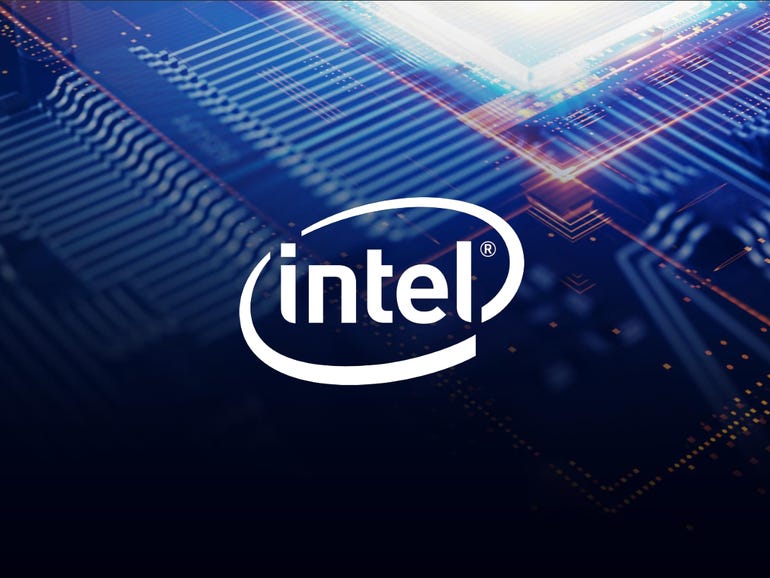
Two years ago, I wrote that Intel’s Project Athena mobility research could evolve into a brand similar to the company’s iconic “Intel Inside” that hatched in 1991 and had its roots in processors as early as the 80386. Indeed, Evo has now become an important brand for Intel, although one far more exclusive than its pioneering predecessor marked by frenetically rendered alliteration inside a circular blue outline. Rather, Evo communicates that laptops are optimized for a set of experiences, a platform within a platform for which Intel has co-engineered and certified over 100 designs.
It’s also one for which the bar is expected to be raised every year. At CES, Intel designated additions for the third generation of Evo that extend beyond requirements such as instant wake and fast charging. Many of these are based on including multiple Intel technologies beyond the CPU. They include support for its Arc discrete GPUs and, consistent with tipping the scales toward performance versus absolute mobility, support for higher-wattage notebooks powered by its 12-gen H-series CPUs.
Forthcoming Evo laptops must also include 6 GHz Wi-Fi 6e as managed by Intel’s Connectivity Suite, networking capabilities based on the Killer Wi-Fi network prioritization technology it acquired with the purchase of Rivet Networks in 2020. While originally developed with gamers in mind, Intel now sees it as relevant to optimizing network performance for the video calls that dominate many days. Indeed, the only specific functional end-user feature Intel mentions among Evo improvements is support for suppressing background noise such as leaf blowers and crying babies when making video calls.
While the company is expanding Evo to focus on more elements of a PC’s internals, it will ring Evo beyond the bounds of the PC, starting with certifying Thunderbolt accessories and extending to Bluetooth devices. It’s already lined up many leading companies in each camp, including Anker, Belkin, Jabra, and Poly alongside its stalwart PC partners Dell, Lenovo, and Samsung. The move beyond the PC could test Intel’s intent to keep Evo branding simple. Standards such as Bluetooth update on timetables different from those of Evo, setting up backward compatibility communication challenges. However, thanks to the trudge of industry consortia, major updates to cable and cable-replacement technologies are rare; marking Evo generations with a number (Evo 3) or year (Evo 2022) wouldn’t compromise, and might even enhance, its messaging.
A surprising Evo-related announcement came later in the Intel keynote when it showed off the device boundary-blurring sorcery of Screenovate, a company it recently acquired. Intel noted that the functionality, which includes features such as participating in iMessage threads on a Windows PC and using virtually any device as a second screen, will come to Evo devices later this year. Even if it extends beyond Evo devices (as its mainstream utility would favor), delivering it first to Evo PCs would represent a ripe carrot. It might also potentially obviate many approaches from PC partners — such as Dell Mobile Connect, which uses Screenovate’s technology — that offer pieces of its functionality.
Even with its expanded scope, Evo has the headroom to grow as a brand. Despite its legacy in mobility, it could be expanded to desktops and even spawn an Evo Gaming subbrand, particularly now that it’s embracing such gaming experience enablers as discrete GPUs. On the other hand, such a move might be enough to persuade its more entrenched GPU rivals AMD and Nvidia to beef up their own select PC and peripherals certification programs.




















